|
As my sons were playing in the grass after days of stop and go rain, we were enjoying all the green around us. My oldest son noticed a little brighter shade of green standing out, and plucked his first fir tip off of a young fir tree. We talked about how the tip was going to eventually make new growth, and we marveled at it's shape and texture. Eventually I told him how spruce tips, pine tips, and fir tips have long been used medicinally and for flavoring food and drink. We talked about explorers like David Thompson and wondered if there were days that he collected and dried spruce tips for tea or if he ever snacked on them when food was scarce. Long ago explorers like David Thompson traveled through Bonner County. This was before there were houses, stores, or even roads. He would have to find, catch, and trade for any food he needed. He could have even gathered spruce tips for food just like we are. David Thompson was a map-maker, surveyor, and fur trader that spent some time exploring and mapping the northwest, including Northern Idaho in 1809-1810. He set-up some trading posts in the area, including the Kullyspell house near Hope, Idaho (built by Finan McDonald). We imagined we were early explorers and tromped though the woods collecting tree tips. Finally, we snacked on our fir tips and were surprised by the citrusy pine flavor. Not terrible! Around Mother's Day is the perfect time of year to start looking for spruce, fir and pine tips. All three varieties are edible. Avoid yew, or any other unidentified trees or shrubs. Once you have located and identified safe trees, you can look for the bright green new growth at the tips of the branches. There should be some evidence of a papery brown skin just starting to peel off (like onion skin). This is when they are best and tastiest to pick. Its a lot like picking berries. If you have little children, fir trees are a good choice because the needles are much less pokey than the spruce. The two white lines on the bottom of the flat fir needle also make it easy to identify. Once you have collected your tips, consider these uses:
0 Comments
When I was five years old, I knew I wanted to be an archaeologist when I grew up (spoiler alert, this didn't exactly happen). Regardless, I had a passion for digging in the dirt hoping to discover treasures connected to the past. The first time the concept even occurred to me was when I saw a photo in my parent's National Geographic of the Varna Gold. It was beautiful treasure buried in the dirt (and among skeletons!). As a kid, I was enthralled. It was almost magical when a month later, while digging in my childhood backyard, I turned up a golden pocket watch from 1889. I was hooked. Such a wonder as a child to realize that generations of people before us lived on the same land we are living on. They even left traces of their existences in artifacts. Excavation is an adventurous and tactile way to discover history. We can awaken that passion in our children. Sandpoint is an excellent place to learn about archaeology and excavation. When the Sand Creek Byway was set to pass through the earliest settlement in town, James Baird and Robert Weaver led excavations of the area before construction began. Nearly 600,000 artifacts were recovered between 2005-2008. The BCHS Museum has many great examples of these artifacts on display in the dig room. Archaeologists dig in the ground to look for things that people left behind or lost long ago. The artifacts people leave behind help us learn about what their lives were like. Here are some ways to explore the concept of archaeology with your child: For very small children you can make a sensory bin for them to dig through and discover treasures. Find a tupperware or shoebox and fill it with anything from rice, beans, to sand (depending on your child's age). Hide trinkets in the sensory bin and let your child play with finding and burying them and finding them again. Older kids can plan an excavation and dig outside in a place that you mutually agree on. Don't worry if you think they won't find anything, you never know. The fun is in the search. You can hide artifacts (toys/trinkets/treasures) in a sandbox or dig area and have your child unearth them, record their location, make a sketch of them, and keep a log of their findings. Another idea is to take your children places where they can see real artifacts left behind in plain sight. The old Humbird Mill ruins at the beginning of the Pend d'Oreille Bay Trail, the abandoned logging/farming equipment near Pine Street Woods, the remains of an old boat on Sunnyside... What other evidence of Bonner County past have you stumbled upon that you can share with your children. You can inspire the sense of excavation and discovery by making hidden treasure rocks: 1 cup of used coffee grounds 1/2 cup of cold coffee 1 cup of flour 1/2 cup of salt Wax paper Mixing bowl Some small objects to hide in the dough (plastic animals or dinosaurs work well) How To Make It Have your child stir the together the coffee grounds, cold coffee, flour, and salt until well mixed. Form the dough into a half ball, put the object inside and cover it with another ball of dough. Dry overnight until firm. Then let your child chip away at it and crack it back open to discover the treasure. Or gift it to a friend! Share your discoveries, stories, and creations at #athomewithBCHS
The earliest inhabitants of Bonner County were the Kalispel, which mean "camas people". Camas is the name of a potato like root that these natives survived on, along with other plants and animals foraged and hunted in the region. Later, the pioneers and homesteaders also relied on the land, water, and forests to provide them food. Foraging for plants to make food is incredibly exciting and rewarding for children. Your child may have experience cooking with you, or growing food in a garden, but have they gathered wild ingredients? Now you can introduce them to searching for and gathering wild foods the way the natives and settlers did. Just like baking bread, foraging for food can help children feel a sense of responsibility and autonomy that can help them cope with other challenges in their life. Plus, it may even save you an extra trip to the grocery store. Long ago, before there were stores or even farms, people used to gather food in the wild. Gathering wild foods is called foraging. We can forage for things to eat in our own yard, a forest or even a park. Let's give it a try! One of the easiest foods to forage with very little children is dandelions. This is the perfect time of year to do it. There are tons sprouting in my yard right now! Picking in the morning is best. Also, talk to your child about being safe when foraging. Always check with an adult before picking or tasting something. Be sure to pick in places that have no pesticide or fertilizer use, and away from road runoff. There is a simple recipe for dandelion bread from Langdon Cook, one of my favorite urban foragers. You will only need about a cup of petals for his recipe. He also has great advice on foraging other foods if you check out his blog, The Fat of the Land. Here is: Langdon Cook's Dandelion Bread Recipe While foraging with your child you can tell stories and imagine what it would have felt like to gather most of your food in the wild. You can talk about how different life must have been for the natives and settlers who lived here long ago. If nothing else, you can gather all the dandelions in the yard and make a big pile of them and just enjoy the sunshine with your child. (That's mostly what we did.) I want to try adding some young dandelion leaves to my salad for dinner, and probably gather more tomorrow for the bread recipe.
There are plenty of other bountiful foods to forage in our region. You may already have your favorites (huckleberries anyone?). Share in the comments if you know another local delicacy we can all enjoy. Here are some links to more information about local foraging:
|
Ages 0-10Activities and experiences to engage with history at home. Share your work with us #AtHomeWithBCHS CONTRIBUTE
If you've enjoyed these activities, please consider making a donation of $3, $5, or $10 so we can continue to bring you great projects for your family.
Archives
June 2020
Categories |
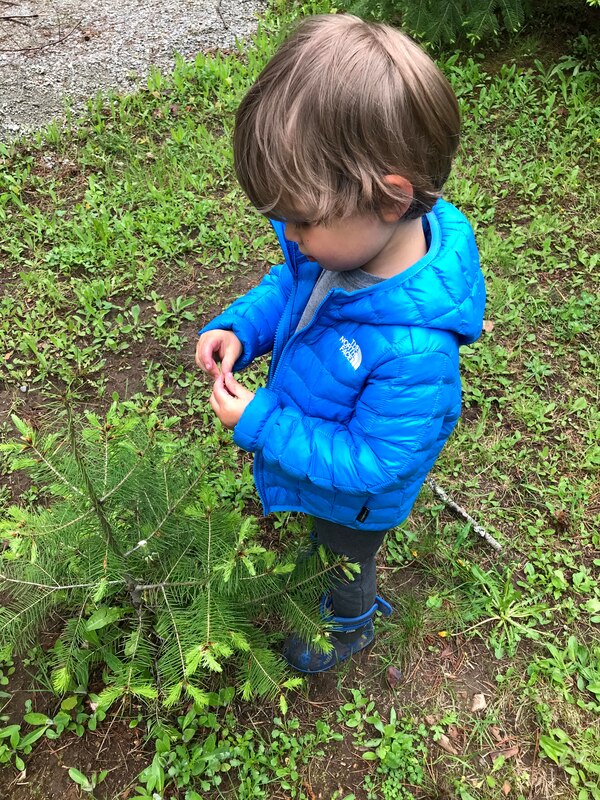
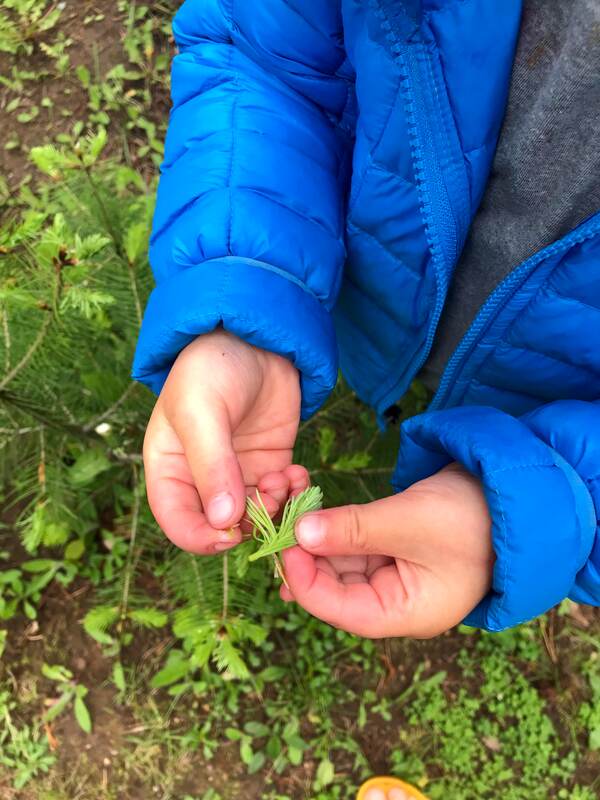
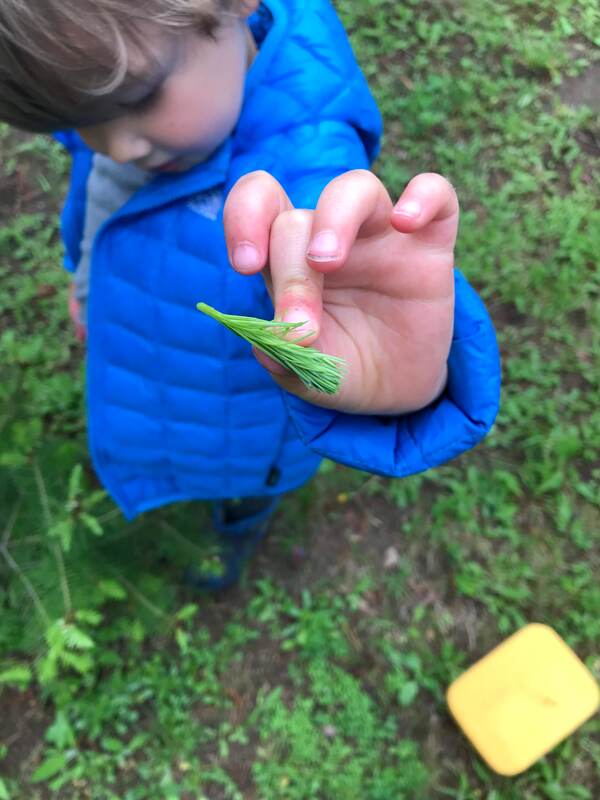
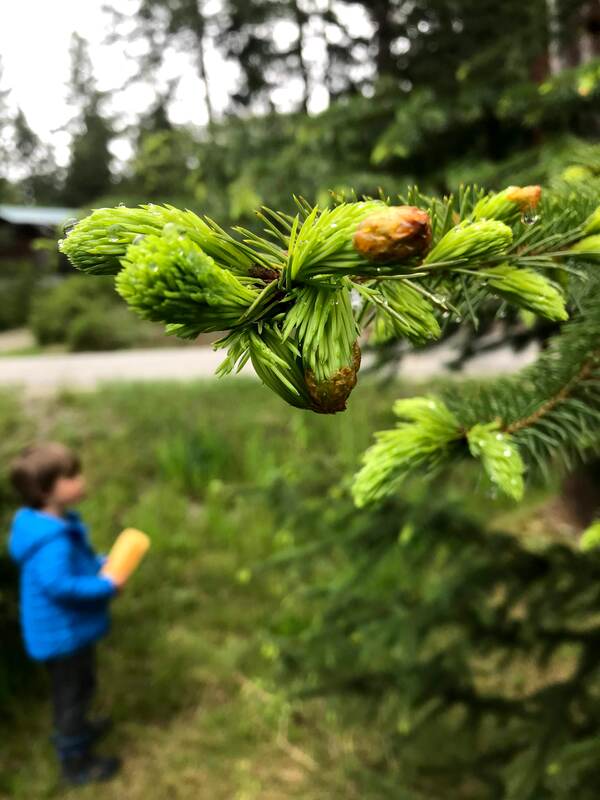
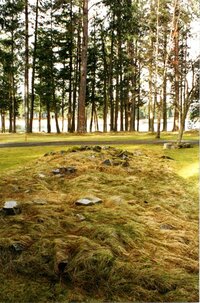
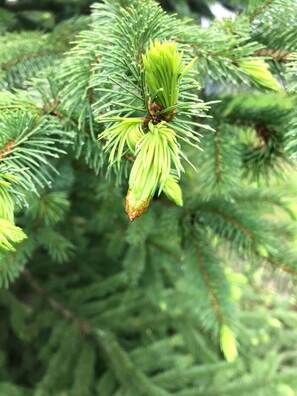
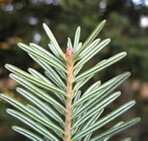
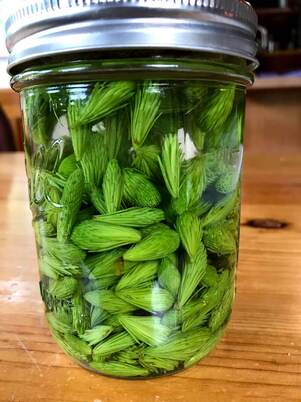
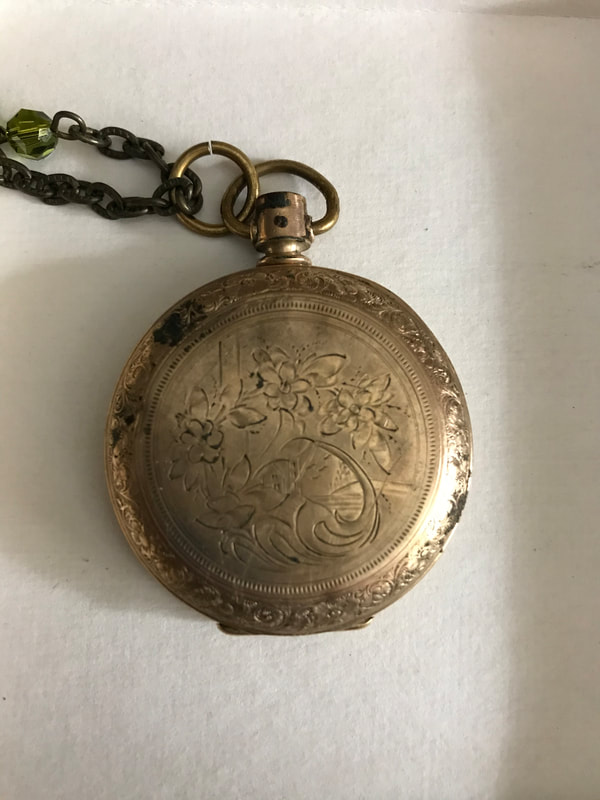
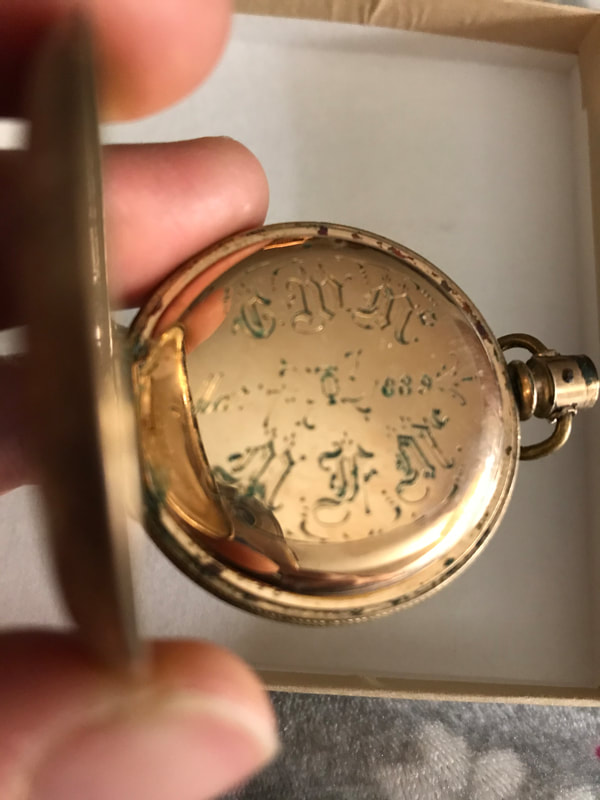
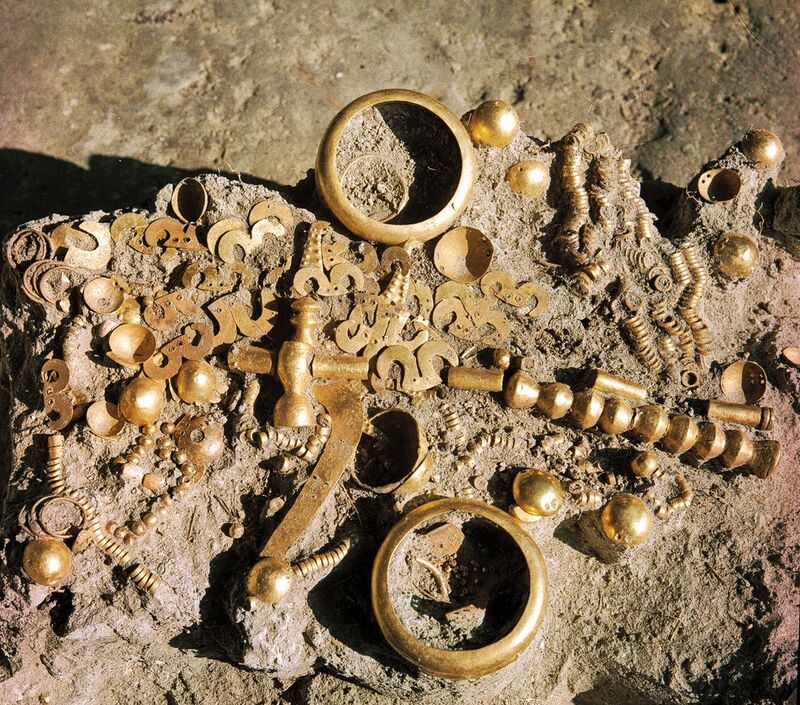
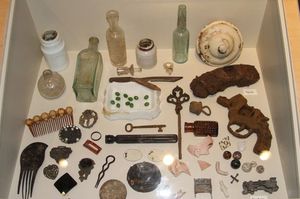
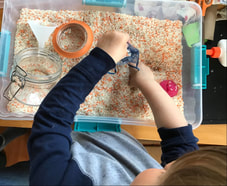
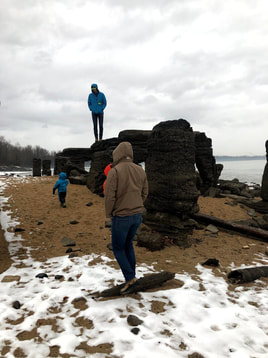
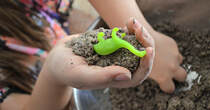
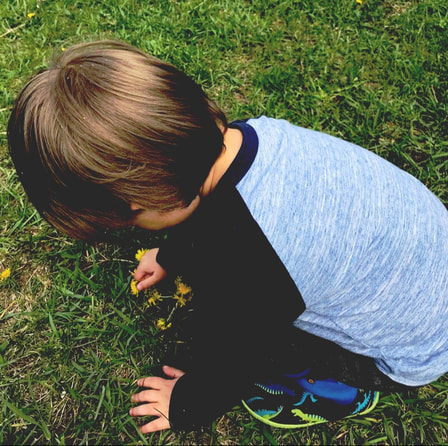
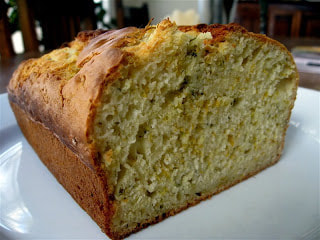
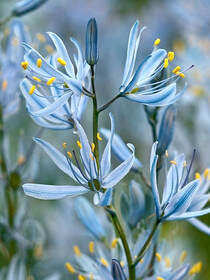
 RSS Feed
RSS Feed